Today, I would like to talk about lands, more specifically lands that become creatures, colloquially called “creature lands,” “people lands,” and more recently “folk lands” depending on who you talk to in the Magic community. For the sake of simplicity, I will be referring to them as folk lands, both because it sounds more memorable and because the word “folk” invokes this American Gothic style image in my head, which is funny to me in tandem with the idea of animated lands. Folk lands were a resource I didn’t understand during my formative years in Magic, with only Treetop Village and Faerie Conclave being played in casual decks my friends had. I didn’t see the potential in them as they entered Standard during Worldwake, but I can’t say I understood the benefit of dual lands yet either.
While select folk lands see a lot of play in Modern, the impact of any given folk land in a game of Commander is lessened greatly compared to game with only two players. Only Inkmoth Nexus gets a disproportionate upgrade in power level. Because of this change in impact, I have tended to not value folk lands when making card selections in the past. This paradigm is something I have wanted to shift, if only for myself.
Over the last few years, I have tried to find a good shell for folk lands to work in mass as an attempt to make them the central theme of the deck. But the biggest issue with the concept always came down to the problem where creature removal became land destruction for my opponent. In the face of adversity, the logical place to start was Noyan Dar, Roil Shaper, but the deck didn’t have the depth I was hoping for at the time. I thought my luck might change with the printing of The Gitrog Monster as losing lands didn’t mean a complete loss of cards, but being limited to only two colors—especially without traditional control elements—made for another less-than enjoyable experience. While I had theorized about three colors, the rumors of Commander 2016 having four color generals gave me high hopes that there might be an answer to my problem that also offered some originality. Enter Kynaios and Tiro of Meletis.
Kynaios and Tiro
Kynaios and Tiro are the fulfillment of the piece of flavor text from Guardians of Meletis, which alluded to strong warriors who were also tender lovers. The brief lore from Wizards directly was as such:
“In the age of antiquity, the humans of the region that would one day become the largest polis on Theros were ruled by the tyrant Agnomakhos, an immortal archon. Unchecked for generations, his power grew as he carved out a mighty empire. Kynaios and Tiro, joined by their love for one another and for freedom, rose to challenge him. The people rallied to their cause, and Agnomakhos was defeated. The polis of Meletis was founded on the ruins of Agnomakhos’s empire as a beacon of freedom and enlightenment, and its people chose Kynaios and Tiro to be its guardians.”
I will outline my journey a little later, but what eventually drew me to this general was the selection of color options and the group hug feel of the deck, with more of the card advantage skewed subtly towards myself. While missing access to black is probably a detriment in a corner case situation, the remaining card pool supplies us with a wealth of options.
As I’ve said, the goal of the deck is to make animating lands the most attractive route to victory. I want my card choices to be tailored around being a group hug deck that doesn’t just pillow fort up by default, picking spells that protect our lands, animate our more traditional lands, and amplify the power of our folk lands. We’ll be playing on an axis that overcomes the popularity of cards like Ghost Quarter or Strip Mine, by having more threats than they have answers. And yes, I will fold to Crucible of Worlds or Ramunap Excavator.
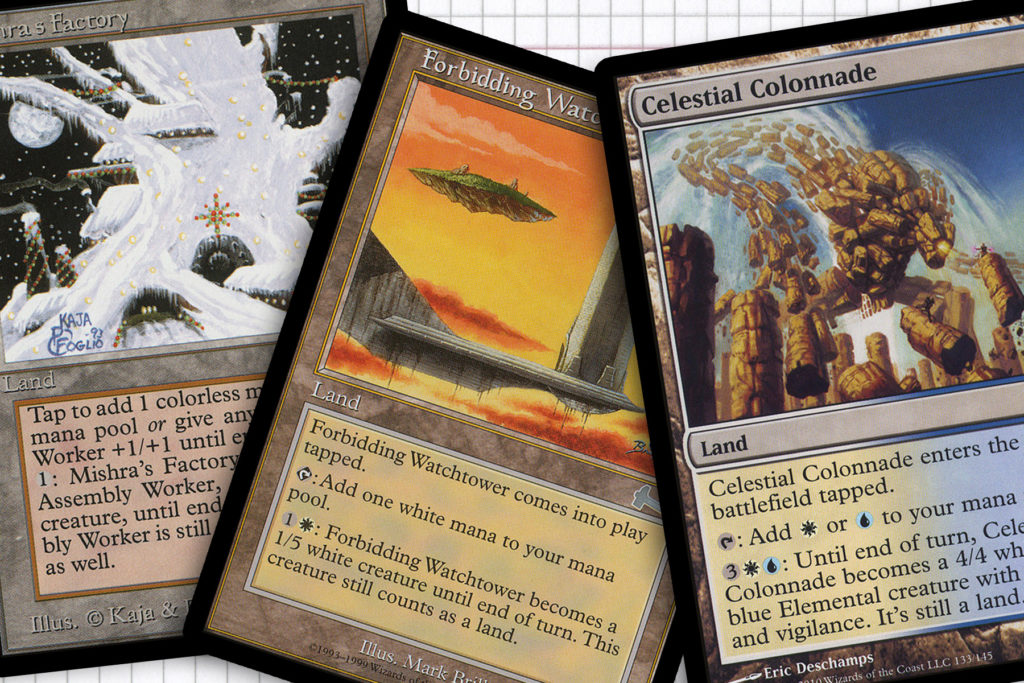
Queer as Folk Lands
Folk lands date back to some of the earliest sets in Magic, with Mishra’s Factory being printed in Antiquities, Stalking Stones in Tempest, and the first cycle of color producing folk lands—Treetop Village, Faerie Conclave, Ghitu Encampment, Forbidding Watchtower, and Spawning Pool—in Urza’s Legacy. The design space was simple at first: give players a colorless producing land with the ability to animate for a cost. Wisely, they had the Urza cycle come into play tapped, a distinction preventing them from being objectively better than the gold standard of a basic land.
What strikes me about this timeline is how little the design space was used in the early years of Magic, even after it was uncovered. We saw it used in smaller doses, like Nantuko Monastery in Judgment and Blinkmoth Nexus in Darksteel, but the technology was used very sparingly until the Worldwake folk lands appeared and made a huge impact on Standard. Seeing them in use, I was confused why there were not more options in the card pool. But I attest that my confusion came from a lack of understanding their raw power, as fixing your mana while being a win condition just didn’t compute with my skill level at the time. I look forward to the possible shard and wedge folk lands one day, but these lands existing in Standard—even without support like the Mutavault reprint—have proven to be very potent.
Since we are going to include just about every one of the 18 folk lands in our wide color identity—besides Hostile Desert and possibly Stalking Stones—this deck is going to be land heavy with as high as 42 to 45 lands to help pay for waking our lands up. But how might we want to utilize our other lands?
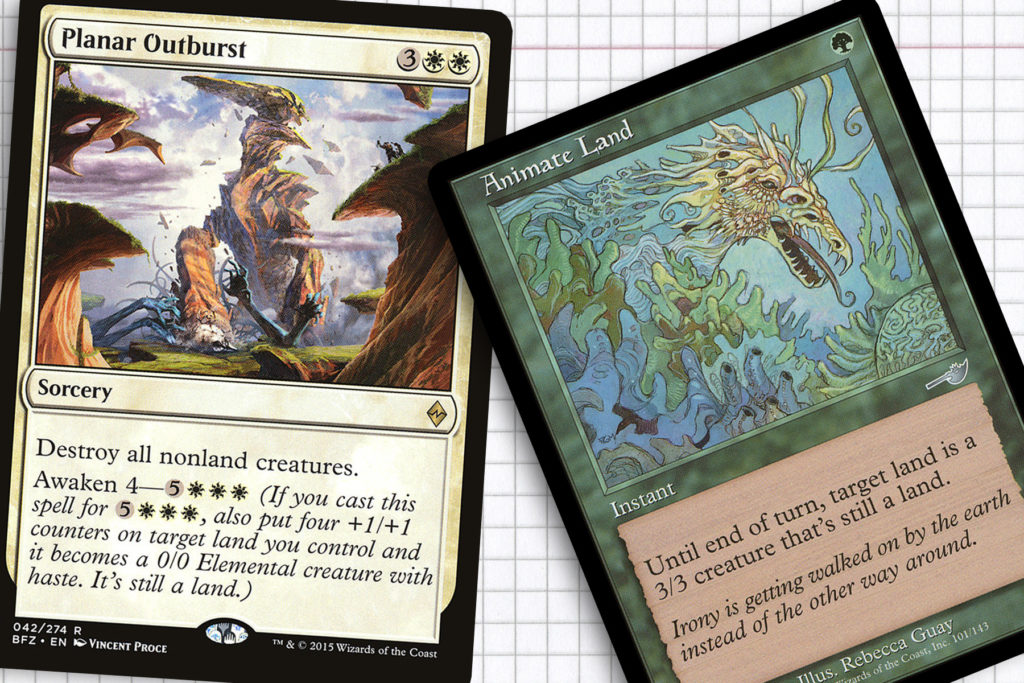
The Land Awakens
As stated earlier, the most obvious starting point for this deck was Noyan Dar, Roil Shaper. Sadly, even with cards like Part the Waterveil, Ondu Rising, Scatter to the Winds, and Roil Spout all supporting our efforts with the awaken mechanic, the deck lacked a certain amount of depth that made it fun to play. I first took notice of green because I thought the ramping elements were going to be essential to making the deck tick. Looking through my options and seeing Earthen Arms and later the “unofficial” awaken spells like Quirion Druid and Animate Land, it became clear to me that having green in my color identity was going to be important to filling out my deck.
In the last year, this deck has gotten a lot more enticing with the printing of two new Nissa planeswalkers. Nissa, Steward of Elements and Nissa, Vital Force combine well with lands. But even more it was Waker of the Wilds—a wonderful workhorse for closing out games—that stood out as a hidden gem of Rival of Ixalan. It’s likely to go unnoticed since its potential synergy in Standard never overlapped with awaken.
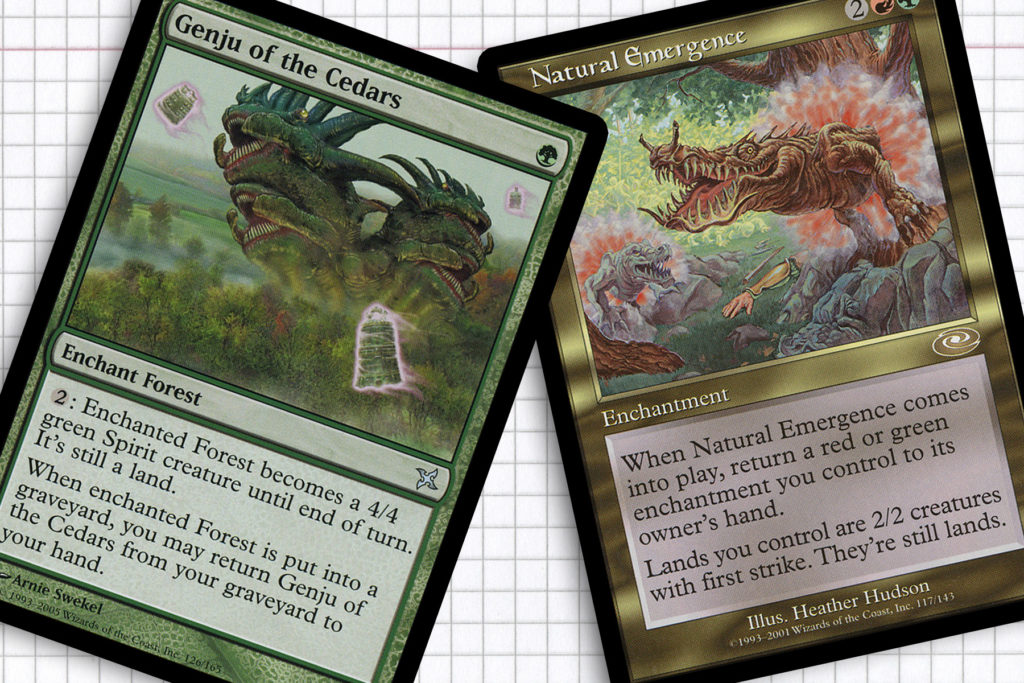
The Plains Have Eyes
To be honest, I had never considered red as being an important part of this deck before Kynaios and Tiro got spoiled. With red in the mix, Natural Emergence was early addition that had me looking to include cards like Genju of the Spires and Genju of the Cedars. Emergence has benefits over cards like Nature’s Revolt, which makes everyone’s lands into creatures, but comes with the downside of making board wipes that much more attractive for other players.
While the one-time investment to make your mana base into Grizzly Bears is attractive, it may be smart to play it safe with Embodiment of Fury and Embodiment of Insight instead, so you’re protecting your lands from sorcery spell removal. The diversity of ways to “awaken” your lands is important nonetheless, as we don’t want to have our core win condition undermined easily.
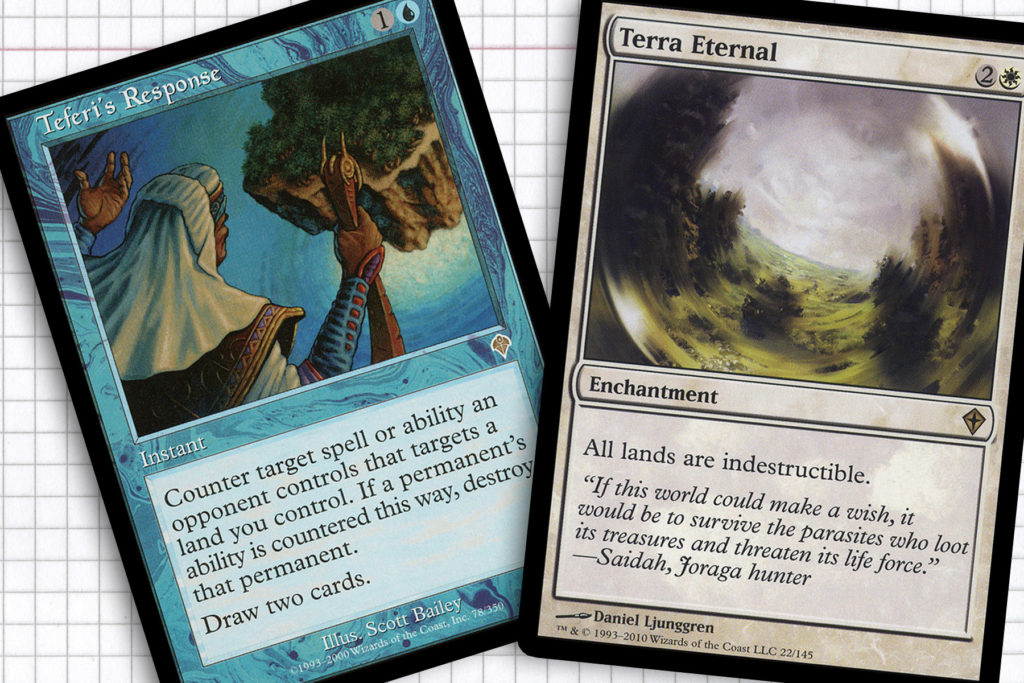
Protect Your Own
One of the appealing things about having lands be your creature base is that Wizards has made interacting with lands difficult. Discard spells that give the choice to your opponents often don’t hit lands, and many board wipes that go beyond creatures often swerve around lands. For dedicated protection Terra Eternal, Sacred Ground, and Skyshroud Blessing each were designed specifically to make lands hard to remove. This theme has rarely been revisited since Invasion block, but there are more general ways to protect our resources.
When in doubt, it’s often a smart idea to streamline your Gatherer searches, in this case looking beyond just protecting lands to protecting creatures. Inspiring Call was the first card to stand out to me, offering the draw befitting green with the ability to protect any folk lands we awaken. Filling out this suite of cards with Rootborn Defenses, Survive the Night, and Make a Stand we have a solid plan to counteract any removal our opponents might have against us. And that’s solid advice for any deck.
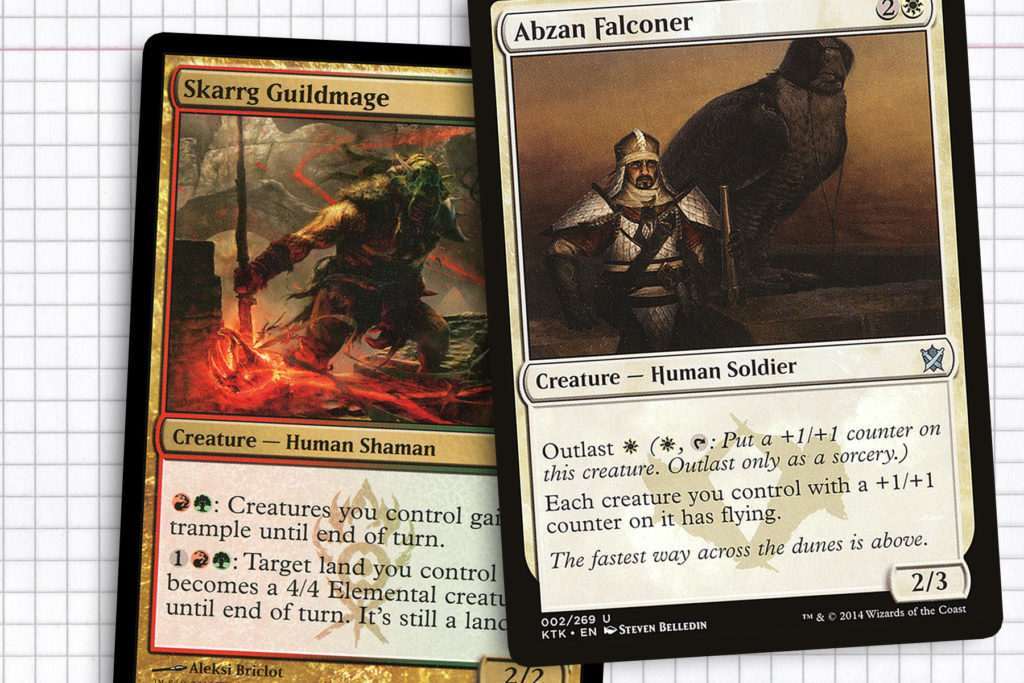
Function over Flavor
Finally, let’s discuss a few cards that are still on theme, but don’t explicitly seem like they have an obvious home in a folk land deck. Abzan Falconer, Tuskguard Captain, and Herald of Secret Streams act as a trifecta of lords for the deck, each giving creatures access to desirable abilities for having an attribute most of our’s are going share regardless. As Wizards becomes more focused on mechanics like evolve, awaken, and outlast, more of these lords are bound to see print, making this deck even more consistent.
In my opinion, Embargo in the best hidden gem in the deck. When you’re path to victory is lands attacking, having only your army being able to untap at the cost of a few life points every turn can be devastating to a game. In the one test run of the deck I have done, Embargo hit the table and the game became mine to lose. Unique interactions like this are a hallmark of Commander and discovery of them should be of the high priority.
As Waker of the Wilds proved, new sets have the potential to offer players ways to improve or horribly counteract their decks. I hope this deck can take on new toys and thrive in play groups. Originality is an often overlooked part of the format and I pride myself on trying to step outside my own play styles to occasionally discover something new.

